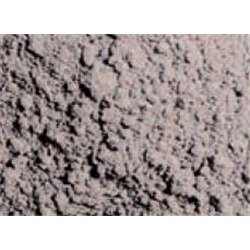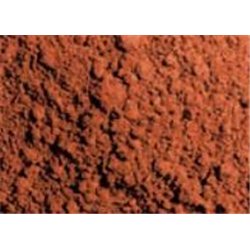Bear in mind that Sundeala is designed to be used as a pinboard or notice board. As Sundeala is not actually a wood...
No products
Product successfully added to your shopping cart
There are 0 items in your cart. There is 1 item in your cart.
Search Tips
How do I create weathered brickwork on buildings?
Creating realistic weathered brickwork on your scale models can add a lot of character and authenticity. Here's a step-by-step guide:
1. Base Colour
Start by painting the brickwork in a base colour that matches the typical bricks found in your model's setting. For UK buildings, red, orange or brown hues often work well. Use acrylic paints for a quick-drying, easy-to-layer finish. Apply the paint evenly with a brush or airbrush.
2. Mortar Lines
To highlight mortar lines, use a thin wash of off-white, light grey or sandy-coloured paint:
- Mix the paint with water or a matte medium to make it flow into the gaps.
- Apply the wash generously and allow it to settle in the grooves between bricks.
- Wipe off any excess on the brick faces with a damp cloth or sponge before it dries.
3. Weathering with Washes
Add depth and simulate dirt or ageing using dark washes:
- Black, dark brown or green washes can replicate soot, grime or moss growth.
- Focus on areas where weathering would naturally occur, like near windows, at the base of walls or under eaves.
- Apply sparingly and build up layers gradually for a subtle effect.
4. Dry Brushing
Use the dry-brushing technique to enhance texture:
- Load a brush with light-coloured paint (like pale grey or beige), then wipe most of it off on a paper towel.
- Lightly brush the surface, letting the paint catch on the raised edges to highlight details and create a worn look.
5. Pigments and Pastels
For extra realism, use weathering powders or chalk pastels:
- Apply them dry with a soft brush to mimic soot, rust streaks or moss.
- Seal the pigments with a matte varnish to prevent smudging.
6. Chipping and Cracks
If you want to simulate damaged or aged brickwork:
- Carefully scratch the surface with a craft knife or pin to add cracks or chipped areas.
- Highlight these areas with darker washes or dry brushing to make them stand out.
7. Final Seal
Finish by sealing your work with a matte varnish. This protects the paintwork and gives a consistent finish.
Tips for Realism:
- Study photos of real UK brick buildings to replicate the patterns of dirt and wear.
- Avoid overdoing the weathering; subtlety is key for realism.
- Use fine tools like small brushes or cotton buds for precise details.
With patience and practice, you'll create brickwork that looks convincingly aged and adds a unique touch to your models. Happy modelling!
Click here to receive the tips weekly in your mailbox. You can unsubscribe at any time.










